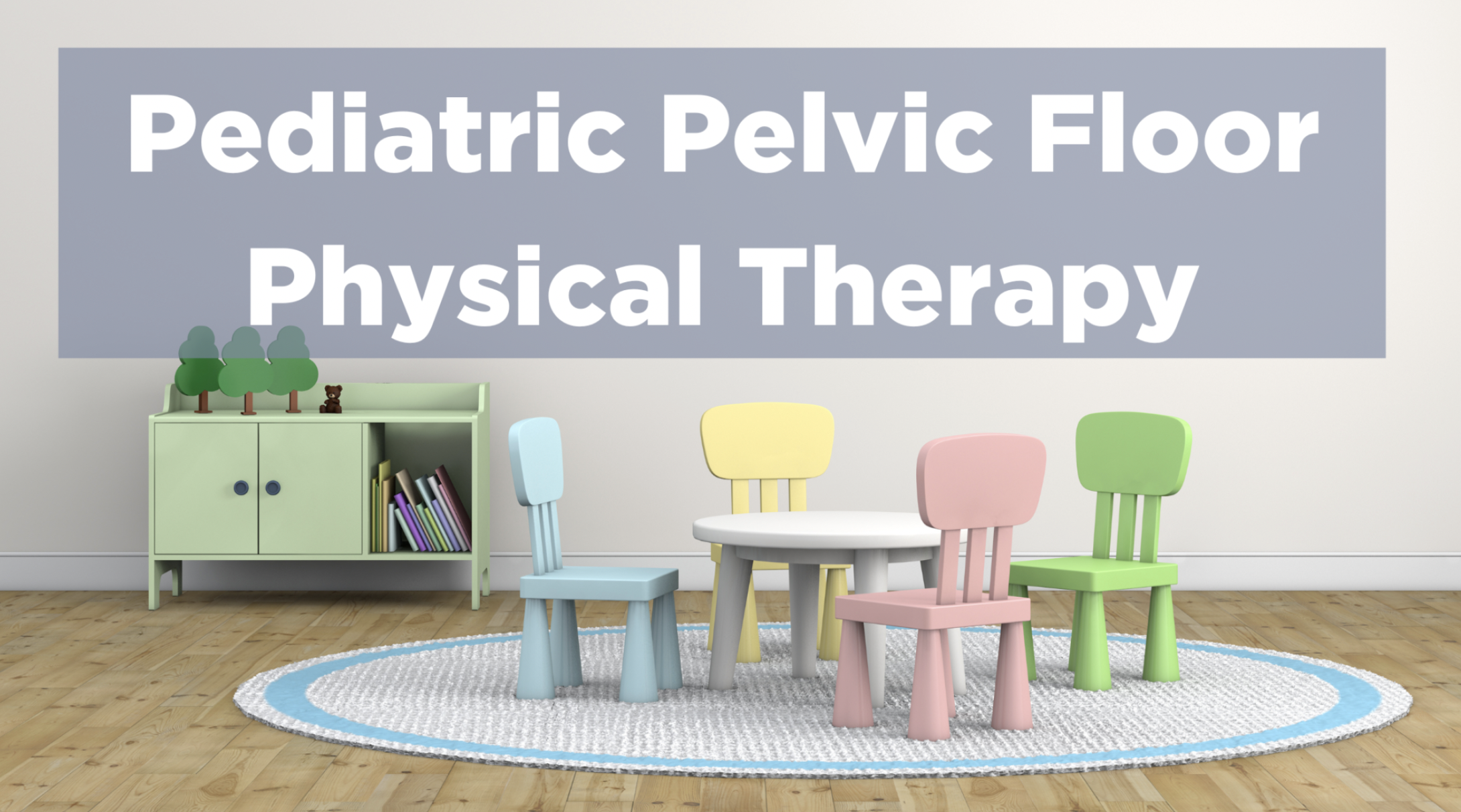Pediatric Pelvic Floor Physical Therapy NYC
Table of Contents
Pelvic Floor Physical Therapy is for All Ages
What is Pediatric Pelvic Floor Physical Therapy?
Conditions, Symptoms, and Diagnoses Treated by Pediatric Pelvic PT
Adult vs. Pediatric Treatment
What to Expect at Your Child’s Appointments
Providing A Whole Body Approach To A Child’s Developmental Milestones
Book an Appointment
FAQs
Pelvic Floor Physical Therapy is for All Ages
Here at FemFirst Health, we often discuss pelvic floor physical therapy as it relates to more adult-related conditions like endometriosis, painful sex, or postpartum conditions like diastasis recti. And all of these can be greatly helped or treated by pelvic floor PT. But there is yet another subset of the population that can benefit from pelvic floor PT: adolescents. Children (specifically from birth to 17 years of age) can experience weakness and potential issues with the muscles in and around the pelvic floor, just like adults.
And while some of these issues like bedwetting and constipation are just a part of growing up, some children struggle to grow out of these phases and require intervention via pediatric pelvic floor physical therapy.
What is Pediatric Pelvic Floor Physical Therapy?
Pediatric pelvic floor PT is similar to regular pelvic floor PT, except that it focuses on helping children and their less mature or less developed bodies to gain control of bodily functions and pelvic muscles, specifically the bowel and bladder. Pediatric pelvic PT specializes in helping the child and the family with any pelvic floor related issues including urinary incontinence, frequency, urgency, bedwetting, constipation, fecal incontinence, abdominal weakness, and postural weakness. A specially trained physical therapist will work individually with your child and your family to provide optimal family-centered care to improve your child’s symptoms.
Conditions, Symptoms, and Diagnoses Treated by Pediatric Pelvic PT
Some pelvic issues are a part of growing up. It is when these issues persist or interfere with daily life that intervention is necessary and helpful to equip your child with the tools, exercises, and therapy they need to be successful.
If not properly treated, adolescent pelvic issues can drag on into adulthood. Pediatric pelvic PT can address the following conditions, symptoms, and diagnoses:
Bedwetting
Constipation
Fecal incontinence
Painful bowel movements
Overactive bladder
Urinary frequency/retention
Urinary incontinence
Urinary urgency
Hypotonia
Child is over 5 years old and still wears pull-ups
Giggle incontinence
Pelvic Pain
Abdominal Pain
Decreased balance, coordination, motor planning
Muscular weakness
Adult vs. Pediatric Treatment
Adult pelvic floor physical therapy is generally focused on exercises as well as some manual therapy, including an internal exam if necessary. And while *some of these methods are also used in a pediatric setting, we also use age-appropriate approaches for each patient, depending on the age.
Because pediatric pelvic PT depends on age, it is often done through child-led play using toys, books, and appropriate equipment so the child feels safe and happy in the sessions. We aim to educate children using visuals, books, toys, and sometimes even a biofeedback machine to see what their muscles are doing. At the end of the day, we are always aiming to meet the child and family where they are at, keeping their goals in mind.
*It is not typical to complete an internal pelvic muscle assessment on children.
What to Expect at Your Child’s Appointments
Your child’s initial pelvic PT evaluation will take 1 hour where we meet the family & child. It is during this appointment that we evaluate gross motor skills, toileting habits, posture, current symptoms, goals, etc. Following this evaluation, the therapist will then offer techniques, strategies, and exercises to try at home.
From there, typical episodes of treatment may range from 6 to 12 sessions, depending on the child’s diagnosis and progress. For some families, only 1 to 2 sessions are needed. It all depends on a number of factors. However, compliance with home programming and weekly charting are crucial to obtaining positive outcomes.
Providing A Whole Body Approach To A Child’s Developmental Milestones
At FemFirst, we are proud to be able to provide a holistic whole body approach to children’s developmental milestones and not just provide pelvic floor therapy alone. We can provide PT services for babies, toddlers, and older kiddos with any developmental delays, torticollis, muscular weakness, low muscle tone, decreased balance, coordination, etc. And we can provide services in the comfort of your home or in our office—your choice!
Book Appointment
To schedule your child an appointment for pediatric pelvic floor physical therapy treatment, click here to contact us or call us directly at (646) 678-3034. We offer virtual and in-office appointments.
The specialists at FemFirstHealth treat patients at our Midtown and Upper West Side offices in New York City.
FAQs
How can pelvic PT help with bladder or bowel symptoms?
Bowel and bladder symptoms are some of the most common when it comes to pediatric pelvic floor issues. We can help children with bladder or bowel symptoms by educating the family and the child (if appropriate) on their anatomy. Additionally, we can help modify behaviors relating to fluid intake, timed or scheduled voids, toileting postures and holding maneuvers, diet, constipation, and breathing. Other possible effective treatments include abdominal massage, core strengthening, pelvic floor muscle re-education, and posture training.
How can Pelvic Physical Therapy help my child’s constipation?
For our pediatric patients struggling with constipation, we provide a bowel diary to track diet, fluids, and bowel movements. From there, we collaborate with families/children to improve body awareness, bowel habits, and toilet positions. Our goal is to help children learn how to relax their muscles while sitting on the toilet.
Do you use any special equipment?
If it is warranted, a pelvic floor biofeedback machine can be used. This machine can help strengthen or relax pelvic floor muscles in order to improve bladder and/or bowel function. It is a painless process that uses special sensors and a computer monitor to display information about muscle activity.
Biofeedback is performed by physical therapists with specialized training in biofeedback. The child and parent are brought into the treatment room, and principles of biofeedback are fully explained. Sensors are placed externally over the pelvic floor musculature and connected to a computer so activation and relaxation can be seen on the computer screen. The information we receive from this process can be essential in informing your child’s treatment plan.

